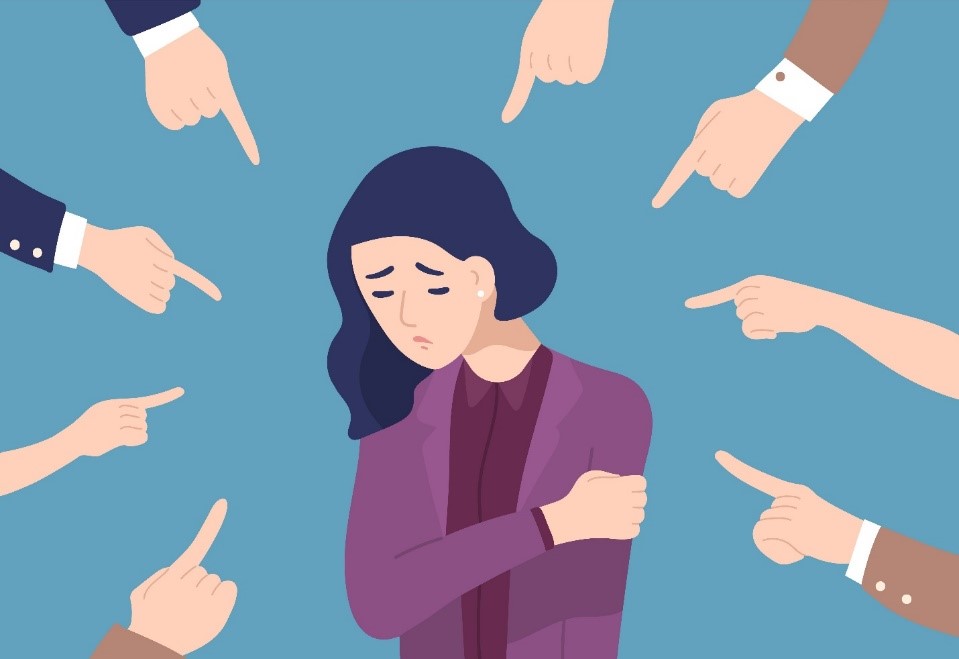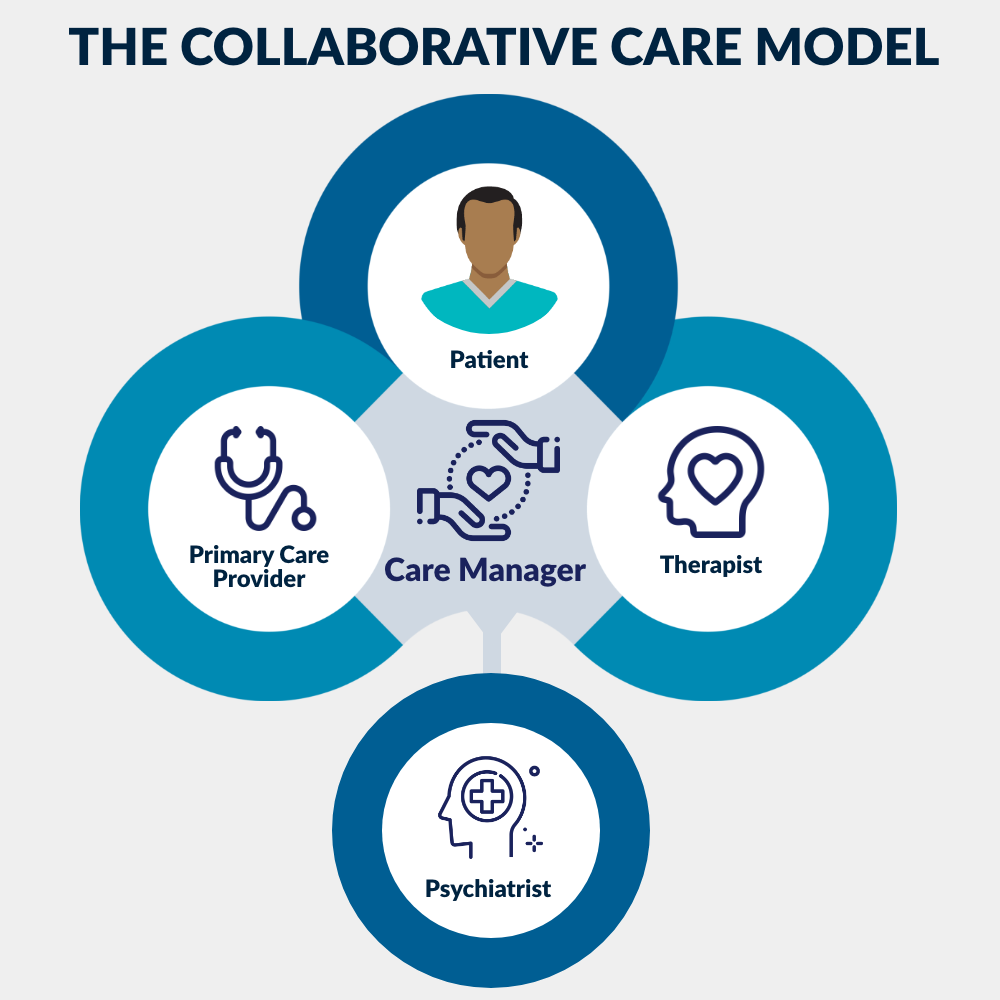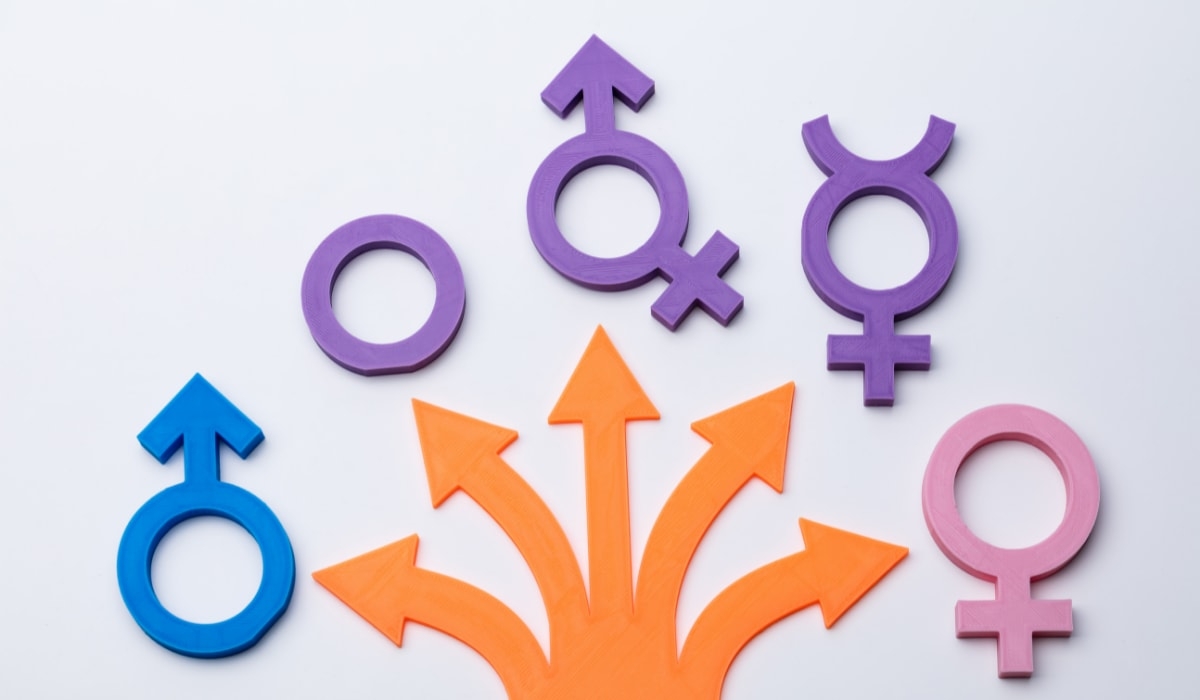As awareness and recognition of nonbinary and gender-fluid identities increase, the demand for inclusive and affirming therapy becomes more critical. These individuals often face unique challenges, including navigating societal expectations, addressing identity validation, and confronting potential discrimination. Mental health professionals must adapt to provide competent care that respects and affirms diverse gender experiences.
This article explores why therapy tailored for nonbinary and gender-fluid individuals is vital, the challenges they face, and how mental health providers can meet these evolving needs.
Understanding the Challenges Faced by Nonbinary and Gender-Fluid Individuals
1. Social Stigma and Misunderstanding
Nonbinary and gender-fluid people often encounter societal resistance due to a lack of understanding about their identities. This can lead to feelings of isolation, invalidation, and anxiety.

- Misgendering: Frequent instances of being addressed with incorrect pronouns or names can result in emotional distress.
- Microaggressions: Casual comments or behaviors that dismiss or invalidate nonbinary identities can accumulate, impacting mental well-being.
2. Mental Health Disparities
Research shows that nonbinary and gender-fluid individuals experience higher rates of mental health challenges than their cisgender peers.
- Depression and anxiety: The stress of navigating a non-affirming world contributes significantly to these conditions.
- Minority stress: Experiences of discrimination, rejection, or lack of acceptance can exacerbate psychological strain.
3. Lack of Access to Affirming Care

Many nonbinary individuals struggle to find therapists who understand their experiences. Traditional mental health models often fail to consider gender diversity, leading to feelings of invalidation during sessions.
- Cultural incompetence: Therapists who are not trained in gender inclusivity may inadvertently perpetuate biases.
- Systemic barriers: Economic challenges and limited insurance coverage for specialized therapy further hinder access.
Why Inclusive Therapy Is Essential
1. Validation of Identity
Therapy that affirms nonbinary and gender-fluid identities provides a safe space where clients can explore their experiences without fear of judgment.
- Empowerment through understanding: An affirming therapist validates their client’s lived reality, fostering self-acceptance.
- Reducing internalized stigma: Therapy can help individuals challenge societal norms that may have led to self-doubt.
2. Addressing Trauma

Nonbinary individuals often face trauma resulting from discrimination, rejection, or violence. Trauma-informed therapy is essential for addressing these specific experiences.
- Healing relationships: Therapists can help clients rebuild trust and process feelings of rejection from family, friends, or society.
- Promoting resilience: Therapy equips individuals with tools to navigate future challenges and build emotional strength.
3. Navigating Practical Concerns
Nonbinary and gender-fluid individuals may need support for practical challenges, such as coming out, changing legal documents, or addressing workplace discrimination. Therapists can guide them through these processes while providing emotional support.
What Inclusive Therapy Looks Like
1. Education and Competency Training
Mental health providers must educate themselves about the nuances of nonbinary and gender-fluid identities to offer effective care.
- Continuing education: Therapists should seek training on gender diversity and inclusion.
- Language awareness: Using correct pronouns and inclusive language is fundamental in creating a safe therapeutic environment.
2. Collaborative Care
Inclusive therapy focuses on collaboration, ensuring the client feels heard and respected.

- Client-centered approach: Therapists should allow clients to lead conversations about their gender identity.
- Cultural humility: Recognizing that every individual’s experience is unique and avoiding assumptions about their needs or identity.
3. Providing Resources and Advocacy
Therapists can connect clients with supportive communities, legal assistance, and educational materials to empower them outside of therapy.
- Support groups: Joining peer groups can help nonbinary individuals feel less isolated.
- Educational tools: Resources that educate family members and friends about gender diversity can foster better understanding and acceptance.
Steps Forward: Addressing Gaps in Mental Health Care
1. Expanding Access to Care
Organizations and policymakers must work to eliminate systemic barriers that prevent nonbinary individuals from accessing therapy.
- Affordable therapy options: Sliding scale fees or subsidized programs can make therapy more accessible.
- Teletherapy availability: Online sessions remove geographic barriers, connecting individuals with specialized therapists.
2. Normalizing Gender Diversity in Mental Health Education

Incorporating training on nonbinary and gender-fluid identities into educational curriculums for mental health professionals is crucial.
- Early integration: Gender inclusivity should be a standard component of psychology and counseling programs.
- Continuing development: Periodic workshops and certifications can keep therapists updated on best practices.
3. Advocating for Policy Change
Advocacy efforts should focus on creating systemic support for nonbinary individuals in healthcare and beyond.
- Insurance reform: Ensuring coverage for gender-affirming therapy and related services.
- Anti-discrimination policies: Protecting nonbinary individuals from workplace or healthcare discrimination.
Conclusion
As society continues to recognize the complexities of gender, therapy for nonbinary and gender-fluid individuals becomes increasingly necessary. Addressing the unique mental health needs of these communities requires inclusive practices, ongoing education, and systemic change. By creating safe spaces for exploration and validation, therapists can empower individuals to embrace their identities and thrive.
How do you think mental health care can better support nonbinary and gender-fluid individuals? Share your thoughts in the comments or visit our website for more resources and expert insights. Together, we can foster a more inclusive and affirming future for all.

Leave a Reply